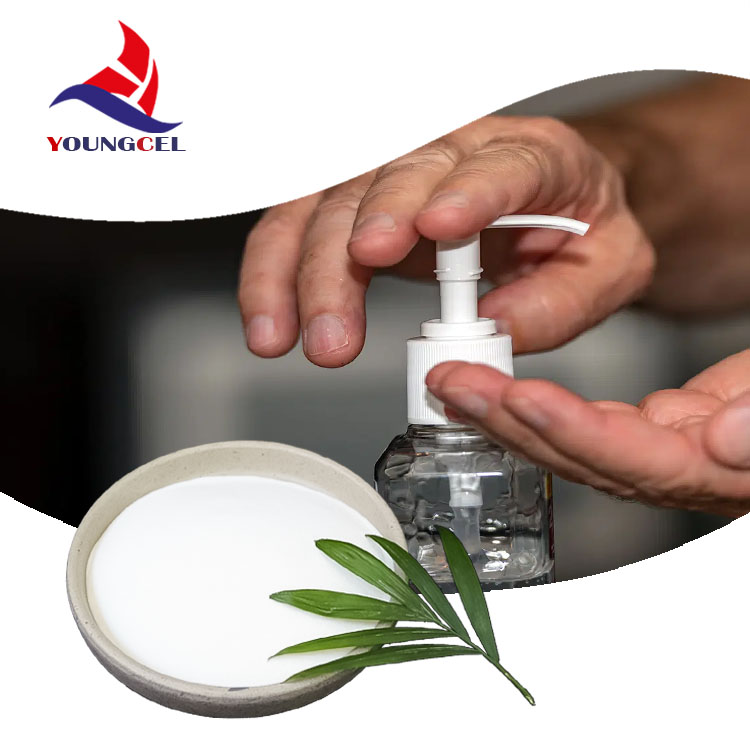The Importance of Additives in Cement Production
Cement is one of the most essential materials in the construction industry. It acts as a binding agent, holding together various components to form concrete, mortar, and other construction composites. However, the raw materials used in the production of cement, primarily limestone and clay, often require enhancement to meet specific performance criteria. This is where additives come into play, significantly improving the properties and functionality of cement.
Additives in cement are substances added during the manufacturing process or before usage to modify the physical and chemical characteristics of the final product. These materials can enhance various properties, including workability, strength, durability, and resistance to environmental factors. Common types of additives include plasticizers, superplasticizers, retarders, accelerators, and fly ash, among others.
Plasticizers and Superplasticizers
Plasticizers are additives that improve the workability of cement-based mixtures. They allow for easier handling and application without increasing water content, which can lead to a higher quality concrete. Superplasticizers, a more advanced type of plasticizer, provide even greater workability and fluidity. These additives enable the construction of high-strength concrete by allowing a reduction in water-to-cement ratio, which is crucial in producing durable structures.
Retarders and Accelerators
additive for cement

Retarders are used to delay the setting time of cement, allowing for extended working periods, especially in warm weather conditions. Conversely, accelerators are added to hasten the curing process, which is beneficial in cold environments where fast setting is needed to achieve structural integrity. The careful selection of these additives can greatly influence project timelines and overall success.
Fly Ash and Other Pozzolans
Fly ash, a byproduct from coal combustion in power plants, is another widely used additive that serves as a pozzolanic material. When combined with lime and water, it enhances the strength and durability of cement. Incorporating fly ash also contributes to sustainability by recycling industrial waste, thus reducing the carbon footprint associated with cement production.
Sustainability Considerations
The increasing emphasis on sustainable construction practices has made the use of additives in cement even more critical. Many additives help reduce the amount of traditional Portland cement required in mixtures, thereby decreasing greenhouse gas emissions. Additionally, innovations in additive formulations aim to engineer smarter and more responsible construction materials.
In conclusion, additives play a vital role in cement production, enhancing various properties that contribute to the longevity and performance of concrete structures. Their ability to improve workability, adjust setting times, and promote environmental sustainability positions them as indispensable components in modern construction practices. As the industry continues to evolve, the development and application of innovative additives will remain key to meeting the challenges of contemporary construction demands.
-
The Application and Significance of Construction RdpNewsMay.19,2025
-
Industrial Grade HpmcNewsMay.19,2025
-
Building Coating Adhesive Building Coating Adhesive HpmcNewsMay.19,2025
-
Application Of Hpmc For Detergent For Detergent In DetergentsNewsMay.19,2025
-
Application Of Hpmc Cellulose In Cement-Based MaterialsNewsMay.19,2025
-
Application Of High Quality Hpmc For Construction In The Field Of ConstructionNewsMay.19,2025




